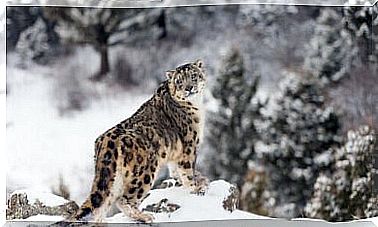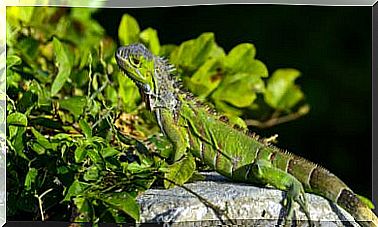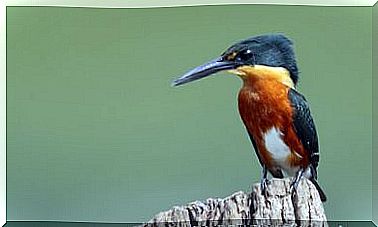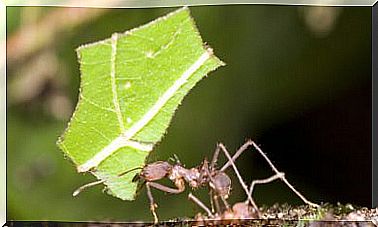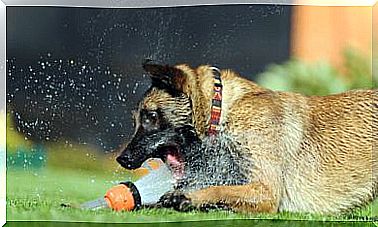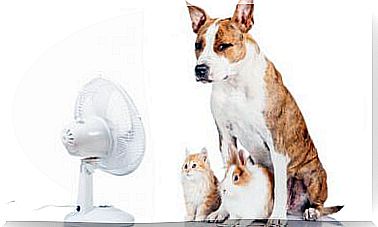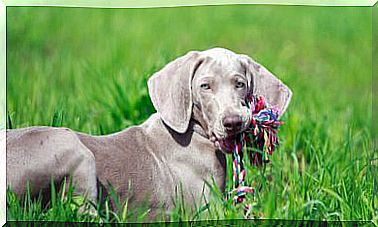Foods Rich In Vitamin C For Dogs
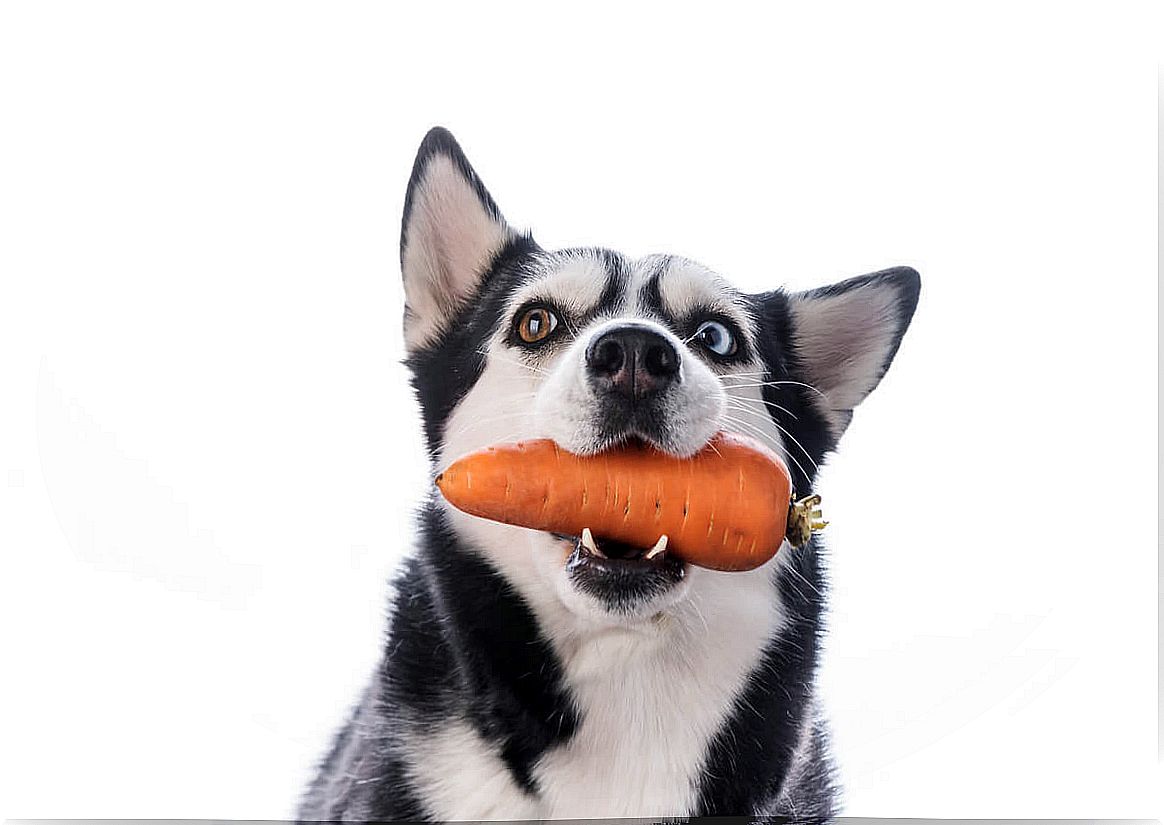
Complete and balanced nutrition is essential for the health of the dog. To avoid digestive or other problems, it is advisable to use a good quality diet, with natural ingredients and rich in vitamins.
Studying the composition of the feed and the diet is the key to hitting the right diet for the dog. Nowadays, it is difficult for pets to lack vitamins, minerals or some type of nutrients, but it is always advisable to know what foods are beneficial for them.
What you should know about pet nutrition
Nutrients are the part of the food that can be used by the animal. The usable percentage of the nutrient depends on its degree of digestibility, that is, the proportion of the total that can be absorbed in the digestive tract of the animal.
Nutrients are divided into organic and inorganic. The organic components are based on carbon and are carbohydrates, proteins, lipids and vitamins. The inorganics are the minerals, by all known.
A balanced diet in healthy adult dogs is based on a percentage of around 30% of proteins, fats between 10 and 20% and a percentage of carbohydrates or carbohydrates that do not exceed 25% of the total composition.
How can you know if the feed you use meets these standardized percentages? To find out, you have to look at the list that appears behind the feed bags. Generally, the order of the ingredients indicates the proportion in which they are found.
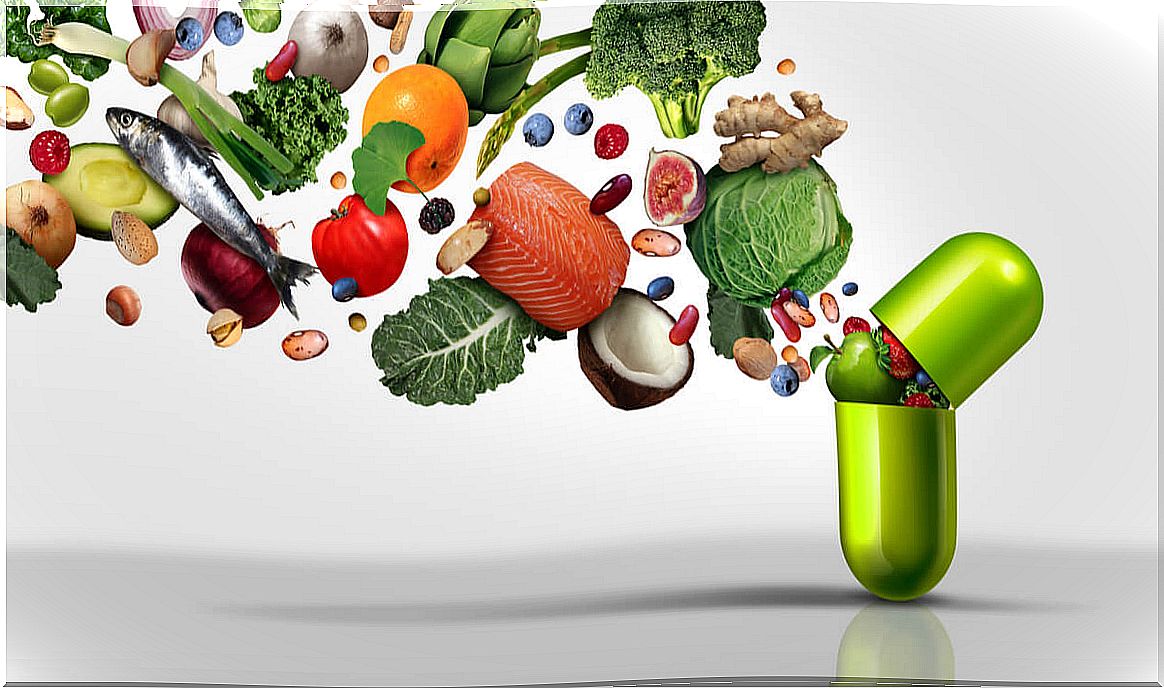
This means that the ingredients that appear at the beginning are presented in greater quantity than those that come later, in smaller proportions. In addition, the ingredients must be specific, this means that they have to indicate the source from which they come, for example, it is not the same that they indicate rabbit meat than meat by-products.
Why are vitamins important? The role of vitamin C
Vitamins are essential for the proper functioning of the body in small amounts. For this reason, its long-term deficiency causes disease and its excess, hypervitaminosis, is rare. Vitamin A or retinol, vitamin D or ercogocalciferol or ascorbic acid, better known as vitamin C, are some of them.
Some vitamins are produced in the body from certain precursor molecules, while others are obtained from the diet. In this case we will focus on vitamin C, which is produced by almost all animals, except man, primates, guinea pigs and fish.
Vitamin C participates in many vital functions for the body. Among them, we find the following:
- Prevents premature aging, thanks to its action on oxidation in cellular metabolism.
- The metabolism of collagen, a very important molecule in connective tissue that joins the different tissues of the body, plays a fundamental role.
- It is a powerful antioxidant.
- It is involved in the transport of iron from the plasma protein transferrin to liver ferritin. Facilitates the absorption of iron in the body.
- Helps wound healing.
Lack of vitamin C causes scurvy. This is not a common disease in dogs and it is little studied, but in the cases detected, problems have been seen in growing puppies. The usual signs are marked lameness and joint pain, but the following clinical signs may also be observed:
- Anemia.
- Gums swelling, with a bluish-red color.
- Hypersensitivity and bleeding.
- Ulcerative stomatitis.
- Hyperthermia, that is, high fever.
- Cutaneous and mucosal hemorrhages.
- Epistaxis or nasal bleeding.
- Hemorrhages in the anterior chamber of the eye and the retina.
- Subperiosteal hemorrhages in puppies. These are painful due to the compression exerted by joint bruises and prevent the animal from walking.
The diagnosis is made through the symptoms, laboratory tests and X-rays of the affected skeletal parts of the animal. A healthy dog synthesizes vitamin C in the liver and intestine, so a lack of the vitamin may be due to a defect in the synthesis process.
Foods rich in vitamin C for dogs
As you can see, even in a low dose, vitamin C is essential for dogs. Naturally, this is found in several foods that usually come in the usual feed —or BARF diets—, although you can also add it manually in small amounts to the animal’s diet.
Citrus
Citrus fruits such as oranges, tangerines, nectarines, lemons, kiwis or strawberries are high in vitamin C. However, due to their strong taste and smell, these foods are not liked by all dogs. Papaya is also high in this vitamin.
Green leafy vegetables
In general, these types of vegetables such as parsley, broccoli, kale or Brussels sprouts contain high levels of vitamin C. Although citrus fruits are the most popular, these vegetables are not far behind. Likewise, you must be careful with the form of administration and the amount you give to your pets.
Animal liver and entrails
As vitamin C is endogenously produced in many animals, one option to acquire it is through their viscera, especially the liver , which contains many other very healthy vitamins and nutrients . It is a star product in the feeding of dogs.

These are some of the foods richest in vitamin C, but not the only ones. Remember to always give your pets a quality diet, since continuous attention to their diet is an investment in their long-term health.
